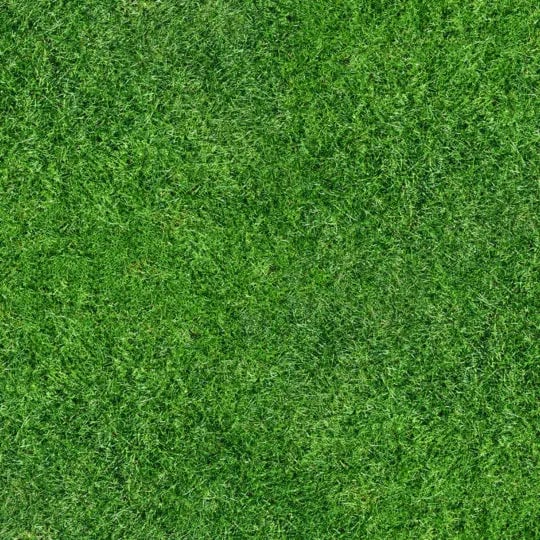The Best Kept Secrets to A Healthy Green Lawn

As spring gives way to summer, lawn health can be tested by the increased temperatures and the threat of drought. The following tips are the best practices for maintaining a healthy lawn for the entire season.
Water Your Lawn!
Most lawns do not receive adequate water throughout the summer months. If you have an irrigation system, have it set to water for 10-15 minutes pre-dawn every other day, or more often if there has not been recent measurable rain fall. If you do not have an irrigation system, try to water as early in the morning as possible. This will give the grass time to take the water in prior to it evaporating.
If You Can’t Water the Entire Lawn, It Is OK If It Turns Brown
When grass blades experience heat stress or drought conditions, the lawn goes into a dormant state. This is not a bad thing, as this is the lawn’s natural defense mechanism against severe conditions. Grass that has entered this state may be brown, but that doesn’t necessarily mean it is dead. When the stress factor is removed, such as when a drought-plagued lawn receives water, the lawn will return to its natural healthy green state.
Don’t Mow the Lawn Too Low
Grass blades should be left up to 3 inches high. This is so the top of the grass blade is tall enough to adequately shade the root area and the soil. Cutting the lawn too short, or “scalping” the lawn, can lead to poor soil quality and dried up dead patches.
Aerate and Seed the Lawn in the Early Fall
Once the extreme heat of the summer is behind us, it is the ideal time to aerate and seed the lawn. Aeration is the process of pulling out 2 inch plugs of soil throughout the lawn to help the lawn “breathe”. This will increase the oxygen flow to the root systems of the healthy grass. This is also the ideal time to introduce new seed to your turf to replenish the lawn and fill in any areas that may have thinned out over the course of the season.
Fertilize Your Lawn
Applying fertilizer throughout the year (Nitrogen in the Spring/Summer and Potassium in the fall) is essential for keeping the lawn healthy and green and looking its best all year long. Nitrogen will “green” the lawn up and give the lawn the lush, thick appearance in spring and summer, while Potassium in the fall will strengthen the root systems to prepare the lawn for the upcoming winter dormancy.
Test the Soil
Testing the pH of the soil is very important. Growing conditions can be dramatically improved by reducing soil acidity with Lime Applications. A soil pH reading of 7.0 (neutral) is ideal.
Feel free to contact a Lawn Care Professional at Green Lawn Fertilizing with any questions or for additional information regarding the steps to keeping your lawn healthy and green!